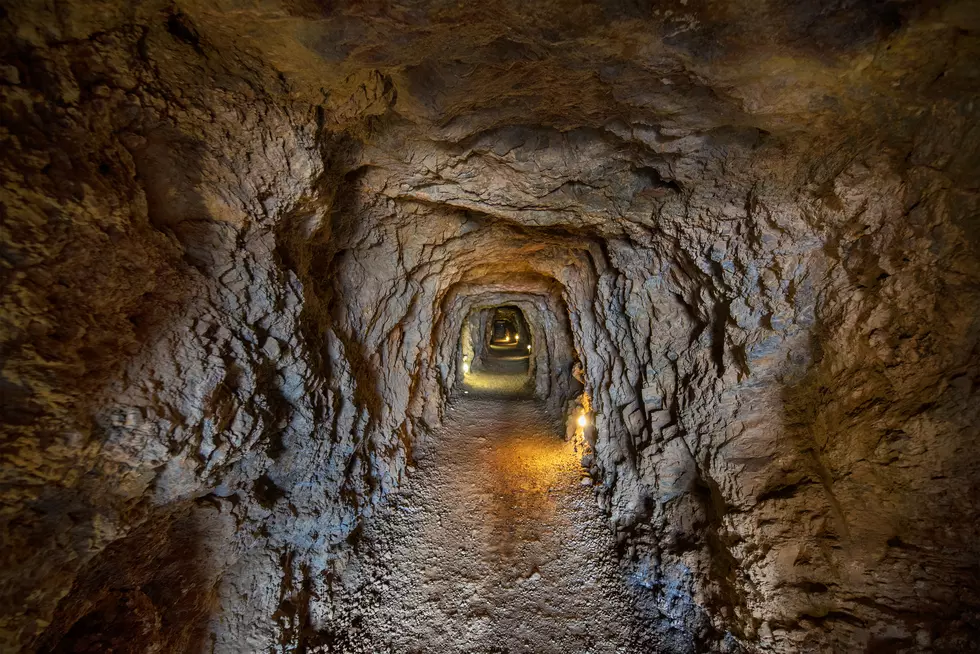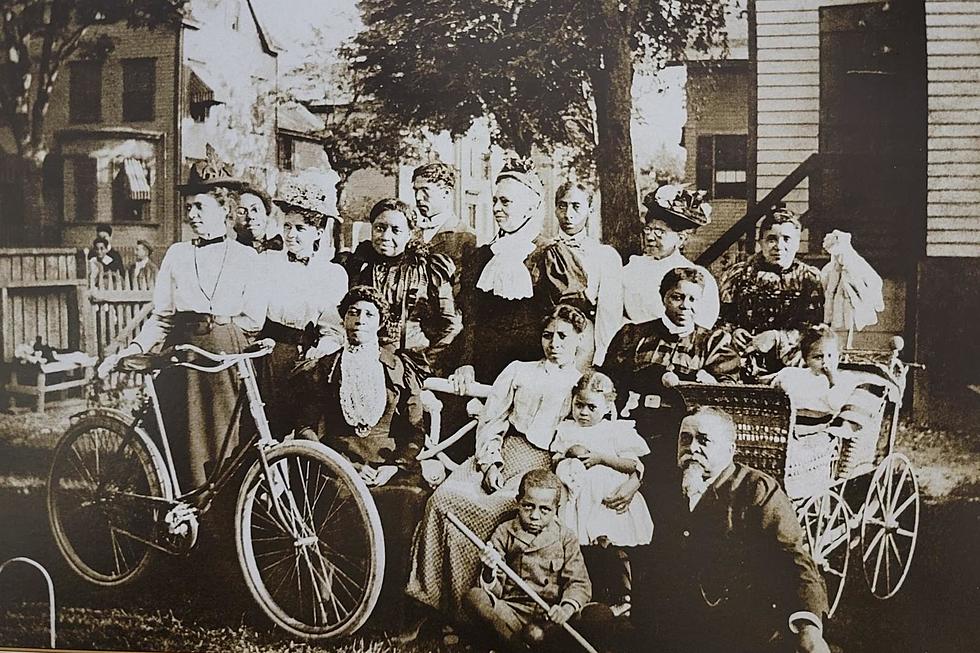![Help Us Dig a Tunnel to the Past [PHIL-OSOPHY]](http://townsquare.media/site/518/files/2019/02/GettyImages-860666870.jpg?w=980&q=75)
Help Us Dig a Tunnel to the Past [PHIL-OSOPHY]
What's loitering in the tunnels beneath historic New Bedford?
Like any adept storyteller, I can hear Tim Weisberg, spinning saucy tales of New Bedford's early days, with a spiced-up narrative about drunk sailors getting clubbed and shanghaied out to sea on a whaling ship and forced into labor.
Both of us have a deep curiosity about these catacombs. They weren't merely dug. They were explicitly built. These subterranean passages required a serious devotion of time, money, and planning, and we'd like your help gathering as much information about them as possible.
Here's what we know from informed locals: even though New Bedford is very proud to be recognized as an important station on the Underground Railroad, the network was an invisible route for escaped slaves, and the railroad was mostly above ground. However, there are some local experts who believe any tunnel above Acushnet Avenue was used in the railroad. Back in 18th century Dartmouth, some houses had underground spaces used for protection against hostile forces.
We're told that a tunnel went from the Friends Quaker Meeting House on Spring Street to the Unitarian Church on Union Street. Also, tunnels stretched from the waterfront all the way to Rockdale Avenue. Tunnels under the cobblestones in the National Park area were used during Prohibition by bootleggers and smugglers to hide their booty. Others speculate some tunnels were used as sewer channels.
We're looking for anyone who might have some knowledge or photos of these mysterious tunnels that were a gateway to a past era.
Phil Paleologos is the host of The Phil Paleologos Show on 1420 WBSM New Bedford. He can be heard weekdays from 6 a.m. to 10 a.m. Contact him at phil@wbsm.com and follow him Twitter @PhilPaleologos. The opinions expressed in this commentary are solely those of the author.
More From WBSM-AM/AM 1420



![Something New About the Underground Railroad [TOWNSQUARE SUNDAY]](http://townsquare.media/site/518/files/2022/02/attachment-Mass-to-Florida.jpeg?w=980&q=75)
![Raise a Glass to Rum Row [PHIL-OSOPHY]](http://townsquare.media/site/518/files/2021/01/GettyImages-3289633.jpg?w=980&q=75)
![Lawn Jockey Lore [PHIL-OSOPHY]](http://townsquare.media/site/518/files/2020/08/GettyImages-167928465.jpg?w=980&q=75)
![Iron-Fisted Rulers [PHIL-OSOPHY]](http://townsquare.media/site/518/files/2019/12/Cigarettes-Fist.png?w=980&q=75)
![First Enslaved African Landing [PHIL-OSOPHY]](http://townsquare.media/site/518/files/2019/08/GettyImages-3190638.jpg?w=980&q=75)
![Valentine’s Cocktails, Dinner, and Theatre at the James Arnold Mansion [SPONSORED]](http://townsquare.media/site/518/files/2019/01/TSM-james-arnold-mansion-6.jpg?w=980&q=75)
